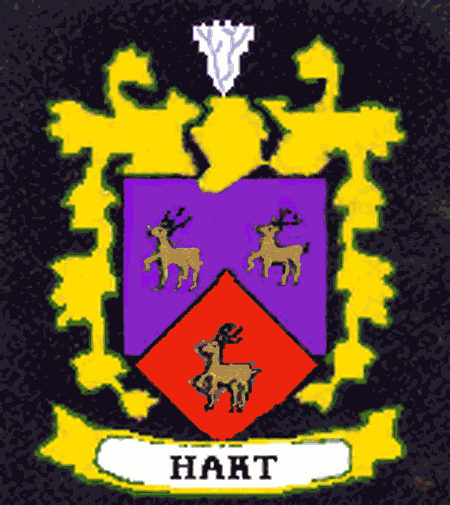

The naming and classification of organisms follows follows a strict set of rules provided in International Codes e.g. the International Code of Botanical Nomenclature. These codes determine which names take precedence over others for a particular organism, how to legally describe them and how to deal with nomenclatural problems.
Taxonomy pertains to a system devised for dividing up things into different types and how they are arranged one to another. Classification pertains to an actual classification that is set up for a group of things. Systematics is the actual classification of individual things within a taxonomic framework.
The classification of fossil organisms
Perhaps the most striking feature apparent in the study of living organisms [Neontology] is the tremendous diversity in outward form that living matter may take. The fish, the camel, the rose and the deadliest virus all belong to the same organic world; yet the differences between a lion and a domestic cat are obvious, even though one also can note a large number of similar features. At another level two groups of creatures may have more features in common than in opposition, and finally one can find two living creatures that in all basic features are identical.
Thus in everyday life the majority of people classify organic matter into rational groups. The scientist who studies either living organisms (the neontologist) or fossil remains of organisms (the paleontologist) uses a similar but more precise method of classification. Incidentally, both neontology and paleontology are different aspects of biology, and both kinds of scientists share a lot in common in terms of their knowledge and training. Just as neontology is applied to numerous different disciplines from medicine to virology, so paleontology relates to different disciples from stratigraphy to forensics.
The classification of organisms is based upon the Linnaean System of Taxonomy, which follows the International Codes and sub-divides organisms into a hierarchical set of classes based upon similarities and differences. Although there are slightly different hierarchies used the overall results are the same no matter who's Classification is used: organisms are grouped according to similarities and differences. Precision is necessary, not for any pure aesthetic reason but so that scientists can communicate with one another in a short and accurate manner, and so that information regarding a certain creature can be retrieved from the mass of accumulated biologic data with the minimum of effort. For example, if a paleontologist discovers an organism which is unknown to him he can look up in his catalogue of fossils for those named fossils having the characteristics of his new find. This way he can tell if his find is of an organism new to science or one that has been described previously. If new to science his catalogue might be able to tell him what the relationship of his find is in the evolutionary development of organisms; if he is dealing with an already known form his catalogue will tell him all the significant features of his find.
Just as in everyday life one looks for similarities and differences to determine the name and relationship of an organism, so in science the same approach is used. Each major group of organisms contain members showing similar basic characteristics; within each major group are subgroups exhibiting more specialized features; and these sub-groups themselves are again divided into a number of parts. In general as one progresses further down the scale the number of similarities gradually increase. The study of this framework of organic groupings is taxonomy and each group, whatever its rank in the taxonomic scale, is termed a taxon (plural: Taxa). The highest taxon in the taxonomy of organisms is a Kingdom and lowest a species. This hierarchy of biological Taxa is ordered in the following manner: from highest to lowest..
Kingdom
Phylum or Division
Class
Order
Family
Genus
Species
Man, for example, is classified using the following names..
Kingdom - Animalia
Phylum - Chordata
Class - Mammalia
Order - Primates
Families - Hominoidea
Genus - Homo
Species - sapiens
Man's dog would be:
Kingdom - Animalia
Phylum - Chordata
Class - Mammalia
Order - Ungulculata
Family - Carnivora
Genus - Canis
Species - familiaris
Obviously the purpose of the taxonomic method would be thwarted if the same organism was given different names by different people. To avoid this and similar pitfalls taxonomists follow the international rules in naming their organisms. These rules are known as the International Code for Zoological Nomenclature, and the International Code for Botanical Nomenclature. In essence they ensure that:
Normally scientists indicate a particular organism by calling it by its specific name or binomial: this is the name of the genus followed by the name of the species, e.g. Homo sapiens or Canis familaris. The actual process of classifying organisms is called systematics i.e. placing a single specimen into its class within the taxonomy.
Further rules encompassed by the Code of Nomenclature relate to the legality of publication of the new name and to the validity of publication. The correct name for any organism is the first one legitimately (i.e., according to the rule that for any publication to be valid it must be readily available to the general public) published.
When it is realized that there are well over a million species of organisms described from either the fossil record or living world and the estimated number of unknown species is many time more than that, the necessity for rules in describing organisms becomes apparent.
Typical simplified classifications for the Plants and Animals follow.
The Kingdom Plantae
Divisions.
The Kingdom Animalia
Phyla.
Although there are slightly different hierarchies used the overall results are the same no matter who's Classification is used: organisms are grouped according to similarities and differences.